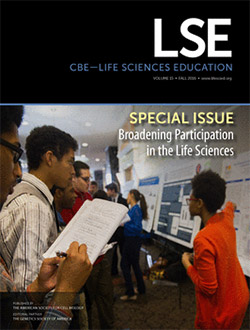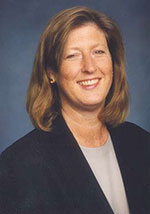
Catherine D. Lewis, director of the NIGMS Division of Cell Biology and Biophysics (CBB), retired in January after more than 30 years of service at the NIH. Throughout her career, Cathy was widely recognized for her scientific foresight and leadership, including the early recognition of important emerging research opportunities in molecular biology, biophysics and microscopy. Her tireless work behind the scenes ensured that these transformational new research approaches were seamlessly integrated into the NIH portfolio and able to grow rapidly.
Cathy earned an M.S. and Ph.D. in biochemistry from Princeton University and joined NIH in 1983 as a staff fellow at NIDDK in the lab of Gary Felsenfeld, where she studied chromatin structure and the regulation of beta-globin gene expression during development.
Her career at NIGMS started in 1989, when Cathy moved to the Institute as a program director in the Genetics Division—led at the time by Judith Greenberg. She managed grants on cell nuclear structure and function and was instrumental in the development of programs focused on epigenetic regulation. Eight years later, Cathy became CBB’s Biophysics Branch chief. In that role, she at one point managed nearly 400 grants, some of which led to breakthroughs such as the structure of the ribosome. She also initiated NIGMS programs focused on new single-molecule methods and nanotechnology. In 2006, Cathy took over as director of CBB. During this period, she oversaw changes in the direction of the NIGMS Protein Structure Initiative, promoted advances in high-resolution optical microscopy and cellular imaging, and led efforts to support atomic resolution cryo-electron microscopy, including a new Common Fund initiative.
During her tenure at NIH, Cathy received two NIH Director’s Awards, for her work on trans-NIH initiatives and her leadership on science education in elementary schools.
Cathy’s door was always open to all, and her advice was constantly sought by colleagues, not only in her own division, but widely across NIGMS and NIH.
Most importantly, Cathy maintained warm professional and personal relationships with those around her, while getting things done and influencing others. “Leading a division that worked well and where people respected each other and got along is something that I’m happy to have been involved in,” she says.
Working in the CBB division was fun, because she helped make it so. She will be missed.
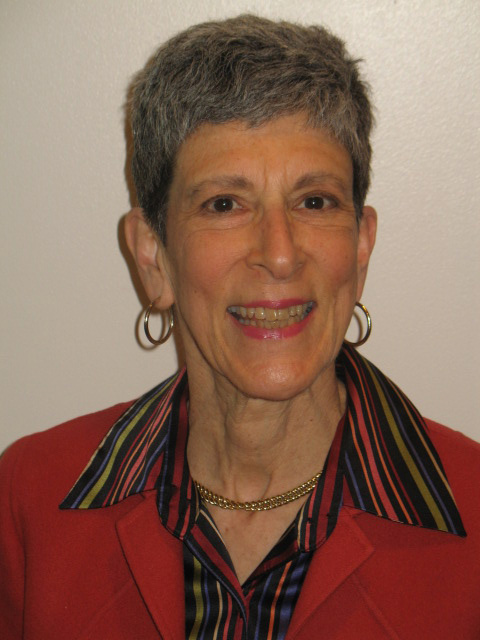


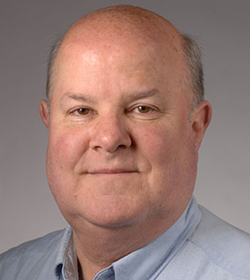 Credit: NIGMS.
Credit: NIGMS.
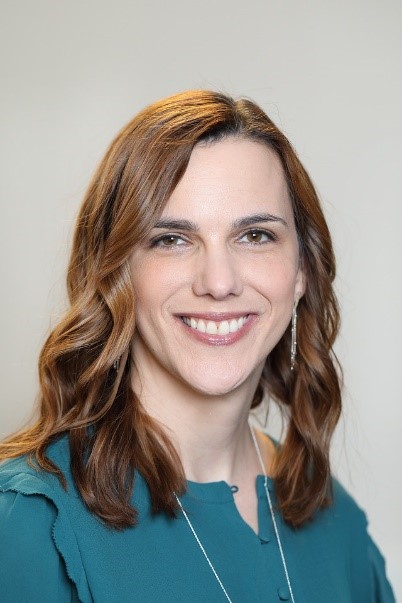
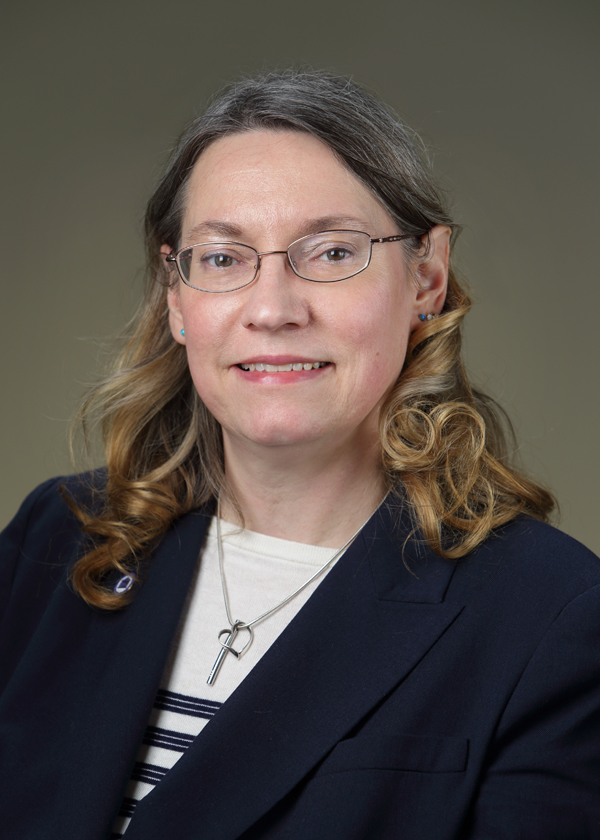


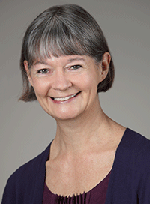 I’m pleased to announce that Stephanie Constant will be joining us in early 2017 as the new chief of our Office of Scientific Review.
I’m pleased to announce that Stephanie Constant will be joining us in early 2017 as the new chief of our Office of Scientific Review.